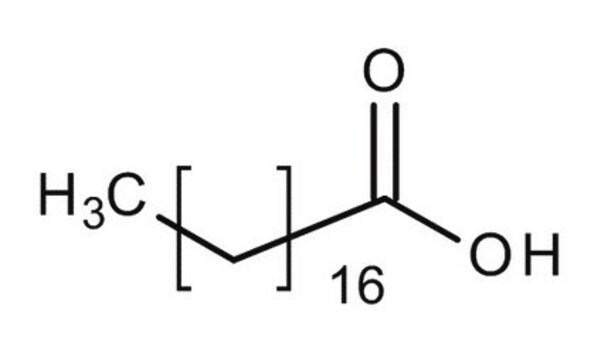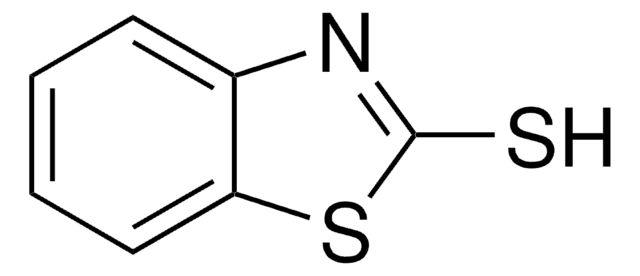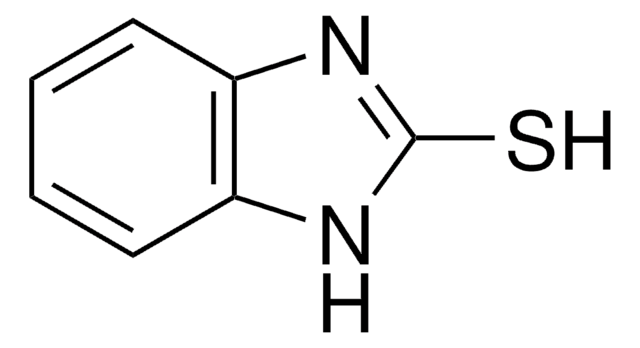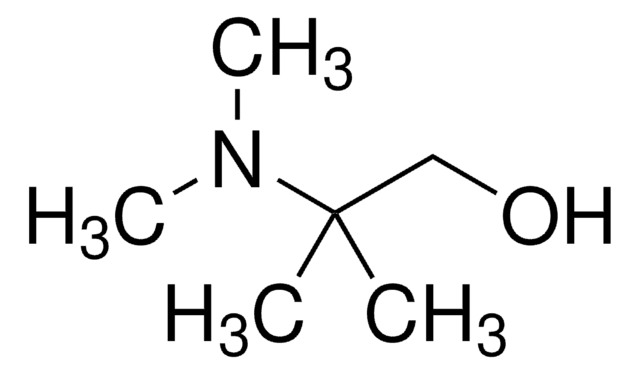Kluczowe dokumenty
175366
Stearic acid
reagent grade, 95%
Synonim(y):
STA
About This Item
Polecane produkty
klasa czystości
reagent grade
Poziom jakości
ciśnienie pary
1 mmHg ( 173.7 °C)
Próba
95%
Formularz
powder or flakes
bp
361 °C (lit.)
mp
67-72 °C (lit.)
grupa funkcyjna
carboxylic acid
ciąg SMILES
CCCCCCCCCCCCCCCCCC(O)=O
InChI
1S/C18H36O2/c1-2-3-4-5-6-7-8-9-10-11-12-13-14-15-16-17-18(19)20/h2-17H2,1H3,(H,19,20)
Klucz InChI
QIQXTHQIDYTFRH-UHFFFAOYSA-N
Szukasz podobnych produktów? Odwiedź Przewodnik dotyczący porównywania produktów
Powiązane kategorie
Opis ogólny
Conversion of SA with >98% selectivity to deoxygenated C17 products by employing carbon supported palladium catalyst has been reported. It is a promising phase change material (PCM) due to its non-toxicity and convenient melting temperature. Also, it exhibits almost negligible supercooling while undergoing phase change.
Zastosowanie
Kod klasy składowania
11 - Combustible Solids
Klasa zagrożenia wodnego (WGK)
nwg
Temperatura zapłonu (°F)
392.0 °F - Cleveland open cup
Temperatura zapłonu (°C)
200 °C - Cleveland open cup
Środki ochrony indywidualnej
dust mask type N95 (US), Eyeshields, Gloves
Wybierz jedną z najnowszych wersji:
Masz już ten produkt?
Dokumenty związane z niedawno zakupionymi produktami zostały zamieszczone w Bibliotece dokumentów.
Klienci oglądali również te produkty
Nasz zespół naukowców ma doświadczenie we wszystkich obszarach badań, w tym w naukach przyrodniczych, materiałoznawstwie, syntezie chemicznej, chromatografii, analityce i wielu innych dziedzinach.
Skontaktuj się z zespołem ds. pomocy technicznej






